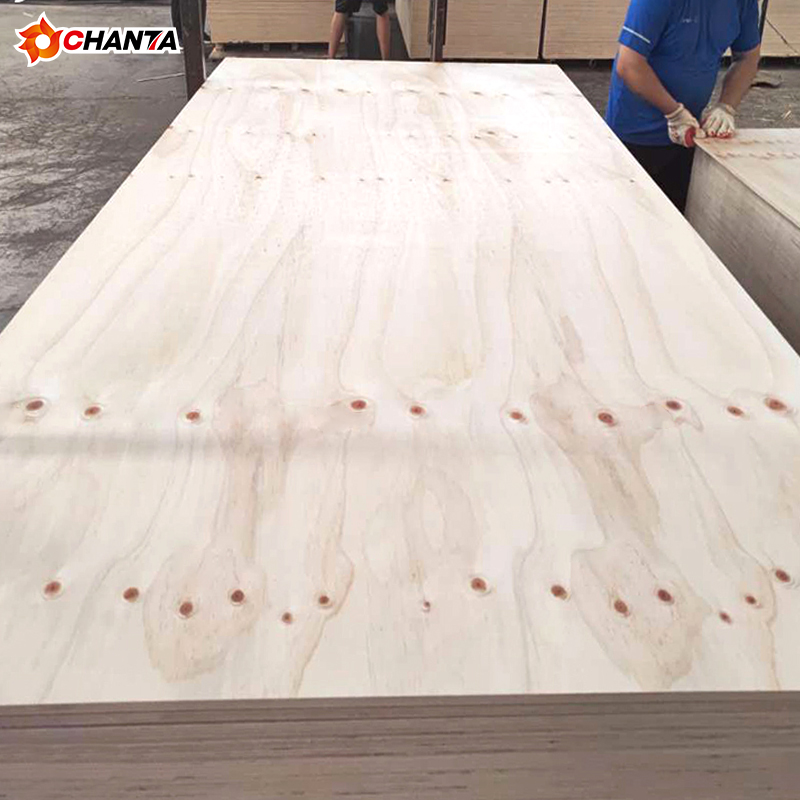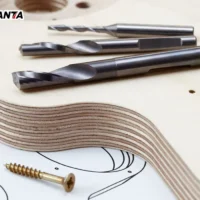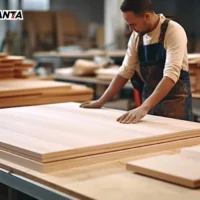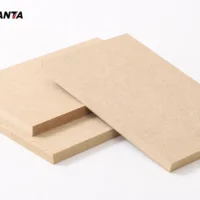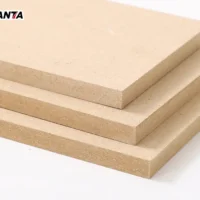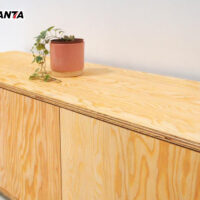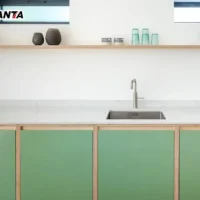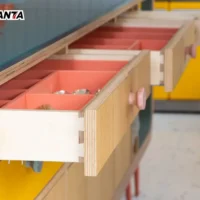Medium Density Fiberboard (MDF) has gained popularity in furniture and interior design due to its smooth, texture-free surface. Its unique properties make it an ideal material for various surface treatments, such as laminates, veneers, and paints. This versatility allows MDF to fit seamlessly into many decorative styles and practical applications.
MDF Smooth Surface Ideal for Various Finishes
MDF offers a smooth, texture-free surface that makes it perfect for overlays and coatings. Unlike natural wood, lacks the grain patterns that can interrupt the consistency of finishes. This even surface is ideal for laminates and veneers, which require a flat base to achieve a flawless look. MDF’s smoothness also makes it a great candidate for painting, enabling designers to achieve vibrant, even colors without the need for extensive sanding.
MDF Decorative Options for a Variety of Styles
Because MDF is so adaptable, it is commonly used to create decorative panels for modern, classic, or rustic styles. It serves as a blank canvas for countless designs, allowing flexibility in matching the aesthetics of any space. For example, laminated can mimic the look of solid wood or polished stone, while painted can fit minimalist or contemporary styles. Its ability to hold diverse finishes makes it a popular choice in both residential and commercial interiors.
Ideal for Secondary Processing and Customization
One of MDF’s standout qualities is its ease of secondary processing. MDF takes well to spray painting, stickers, and custom coatings, giving it a unique edge in furniture-making and custom projects. Whether for a custom-designed shelf, decorative wall panel, or intricate molding, MDF adapts to different finishing methods with ease. Unlike natural wood, requires less surface preparation, which saves time and effort in the finishing process.
Applications in Furniture and Design
MDF’s finishing versatility has led to widespread use in furniture production. It is ideal for cabinetry, wardrobe panels, and shelving units due to its easy-to-finish surface. Designers also use MDF for wall moldings, window sills, and decorative trim, where a smooth, refined look is essential. Its adaptability in style and finishing options makes it a popular choice in many interior design projects.
Conclusion
MDF board combines surface smoothness with finishing versatility, making it a top material for interior designers and furniture makers. Its compatibility with laminates, veneers, and paints opens doors to countless styles and applications. For those looking to achieve polished, customized looks, MDF provides a reliable, adaptable, and cost-effective solution.














